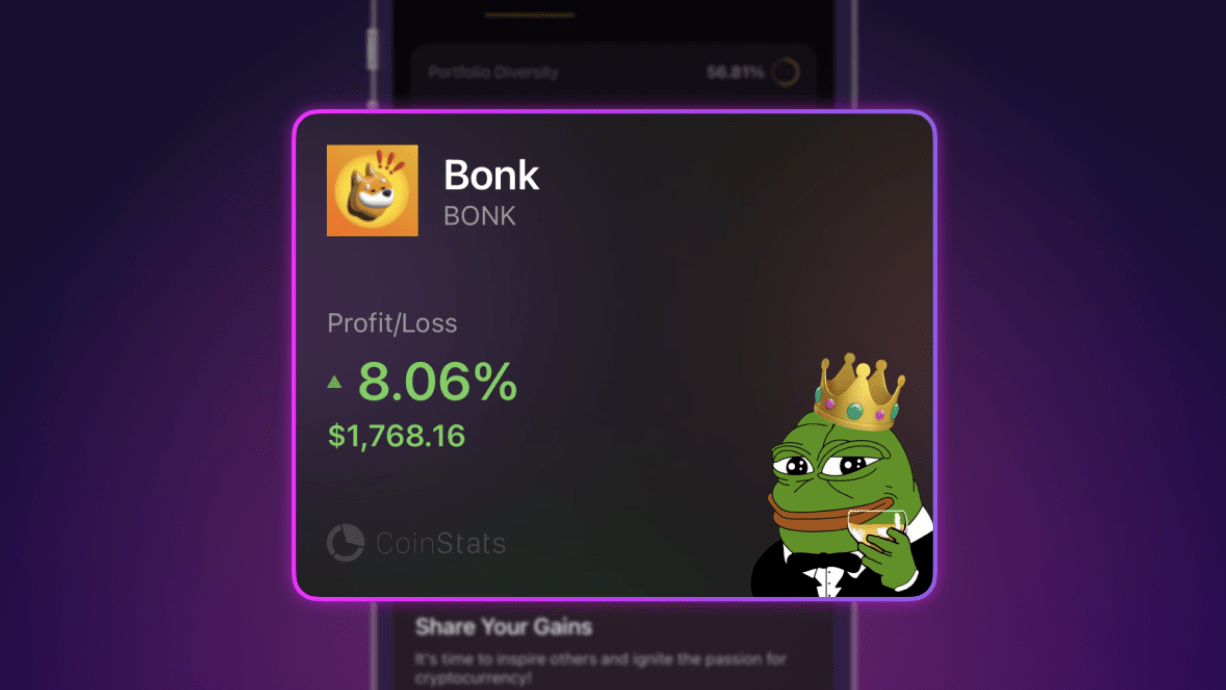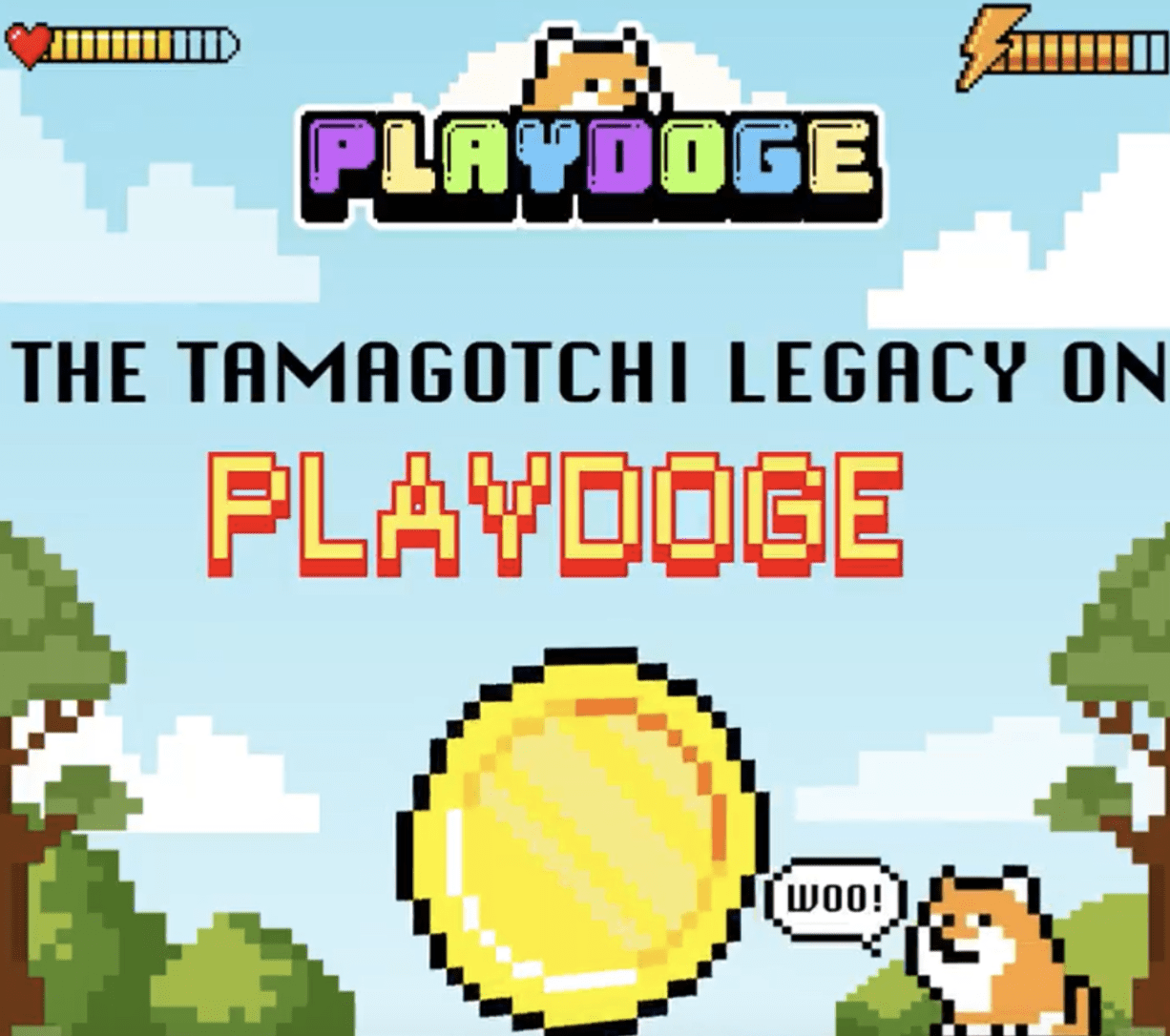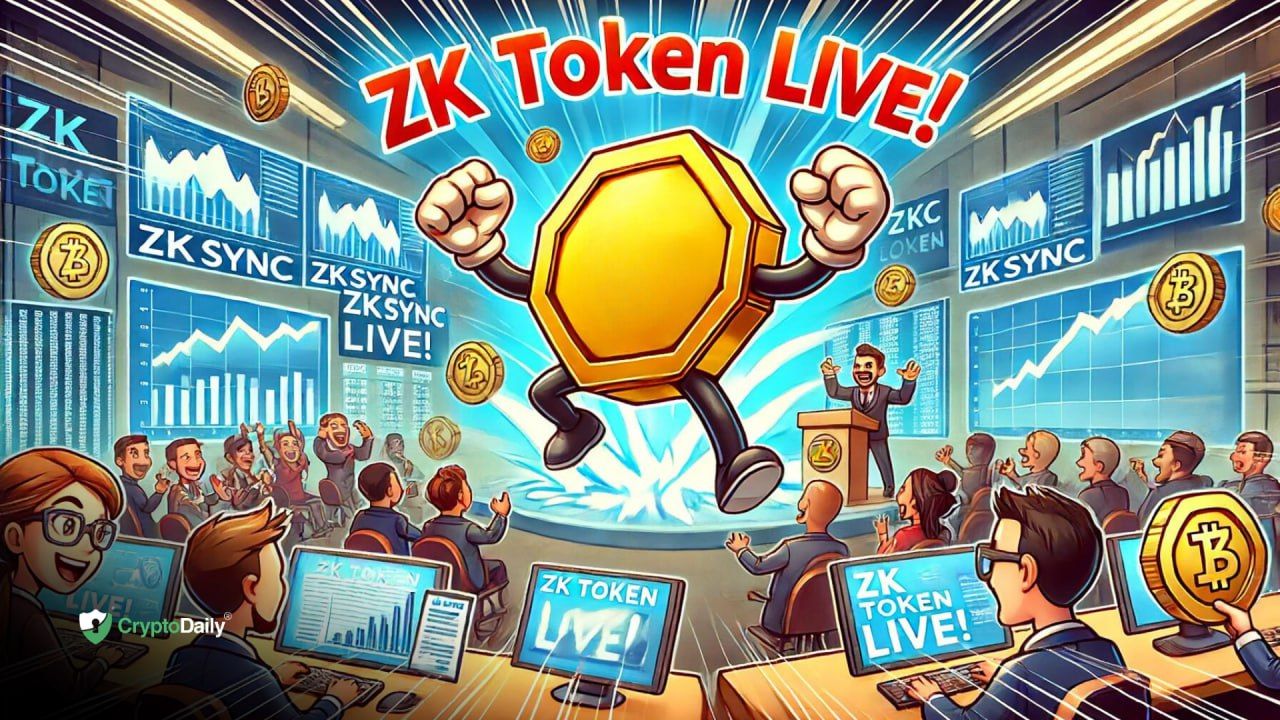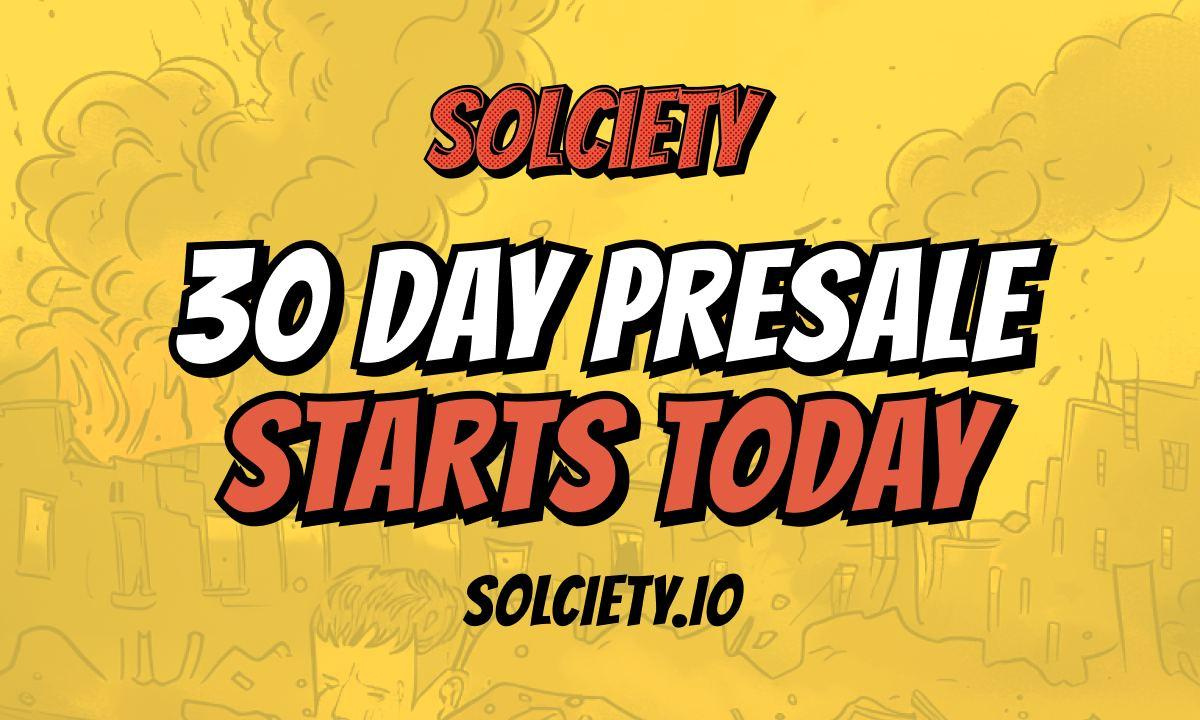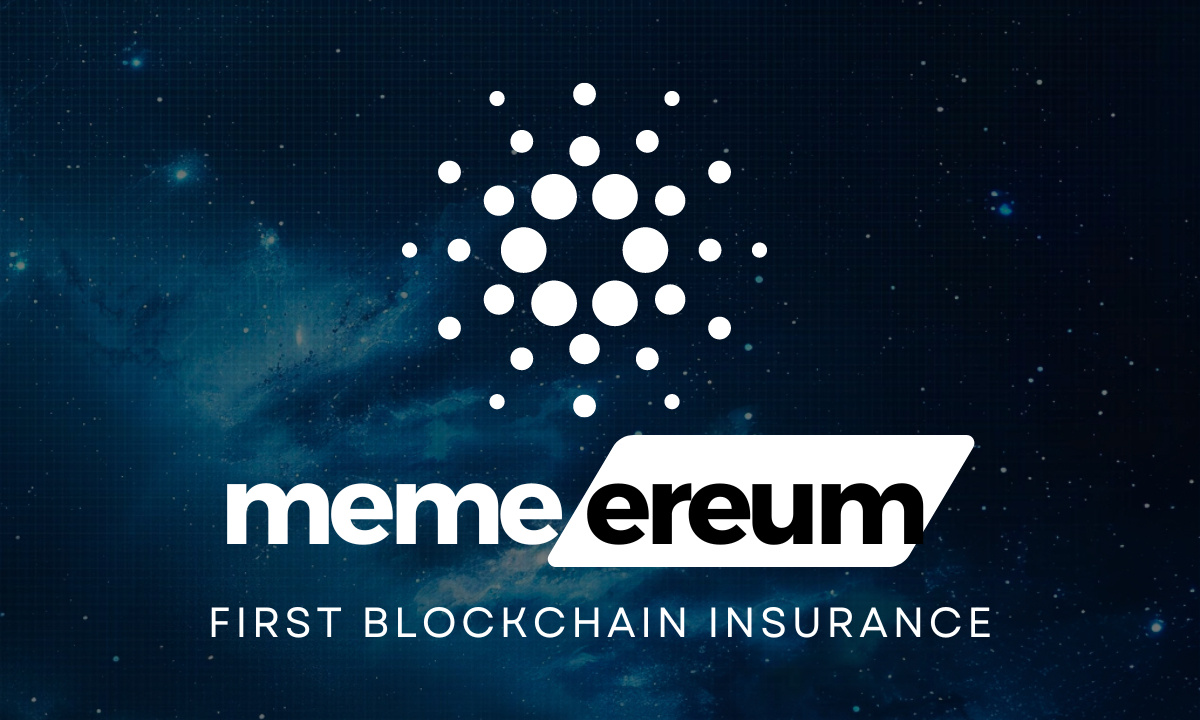Table of Contents
- Lens Network's Transition to zkSync
- Scalability and User Experience
- Modular ZK Stack Framework
- Three-Phase Rollout
- Avara CEO Speaks
Lens Network, an on-chain social network infrastructure, is preparing for a significant migration to zkSync's ZK Stack hyperchains, with a goal to enhance scalability and user experience in social networking on the blockchain.
Lens Network's Transition to zkSync
Lens Network's move to zkSync's ZK Stack hyperchains was announced on May 14. Leveraging Matter Labs' modular ZK Stack infrastructure, Lens Network plans to build a hybrid validium and volition Layer 2 solution. This design is tailored to support the high transaction throughput required by mainstream consumer applications while ensuring minimal fees. Additionally, Lens Network will implement account abstraction, enabling gasless and signless transactions to simplify user onboarding.
Scalability and User Experience
Matter Labs, the team behind zkSync, highlighted Lens Network's potential to overcome scaling limitations on the blockchain. By offering users an almost social media-esque experience with the benefits of web3, Lens Network could significantly contribute to mass adoption.
The new Lens Network will host an updated version of the Lens Protocol, serving as a central hub for Lens users. This updated protocol will facilitate integrations with both Ethereum Virtual Machine (EVM) and non-EVM compatible blockchains. Developers will be able to build Lens-based social applications across multiple networks, expanding the reach and functionality of Lens Network.
Modular ZK Stack Framework
Matter Labs CEO Alex Gluchowski emphasized the benefits of the modular, open-source ZK Stack framework for Lens Network. Based on the zkSync Era code, this framework provides Lens with horizontal scaling capabilities. Gluchowski noted that the framework allows for seamless scalability, connecting multiple Lens chains as needed through zk bridges.
He said,
“You can add one billion users and you will not lose any of the properties of verifiability. Every single transaction of those millions and billions of users will be verified by every single Ethereum validator — which is the magic of zk.”
Three-Phase Rollout
Avara, the parent company of Lens and Aave, will oversee Lens Network's permissionless rollout in three phases. The rollout will begin with the launch of a validium using ZK compression techniques to ensure data accessibility. Validiums, different from rollups, publish data off-chain to reduce transaction costs and improve throughput.
While a testnet release of the new Lens Network is still several months away, the current version of Lens has been operational on Polygon's PoS chain since May 2022.
Avara CEO Speaks
Stani Kulechov, CEO of Avara, highlighted the immense potential of non-financial use cases of crypto, such as identity and online social interactions. While no financial terms related to the migration were disclosed, Kulechov expressed confidence in organic user migration.
He said,
“There are a lot of people who have financial capital, but everyone on the planet has social capital — the content we create, the relationships we create, and the identities we interact with.”
He suggested that users migrate from the existing structure to the Lens Network fork as it becomes available.
Disclaimer: This article is provided for informational purposes only. It is not offered or intended to be used as legal, tax, investment, financial, or other advice.
Investment Disclaimer



